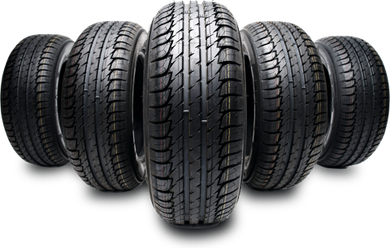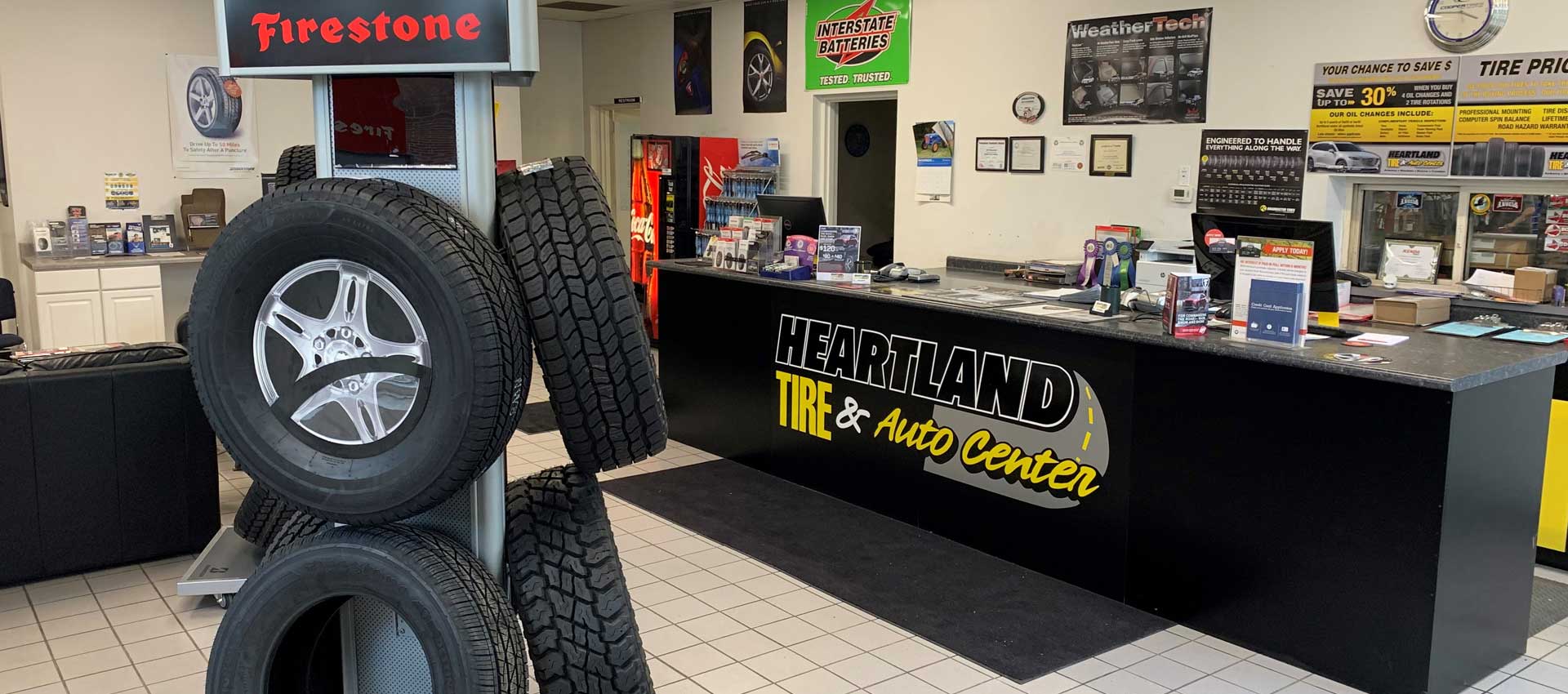Professional Morris Tire and Alignment Solutions: Make Certain a Smooth and Safe Drive
Professional Morris Tire and Alignment Solutions: Make Certain a Smooth and Safe Drive
Blog Article
Tire Solution: The Impact of Weather
When it concerns making sure optimum efficiency and safety when traveling, recognizing the influence of weather on tire solution is important. From scorching warmth to icy roadways, each weather aspect can significantly influence tire capability and overall driving experience. By diving right into the effects of varying weather on tires, motorists can get beneficial insights that might boost their car's performance and long life. In this discussion, we will certainly discover the elaborate connection in between weather and tire solution, losing light on the importance of weather-specific tire upkeep techniques and considerations.
Warm and Tire Efficiency
When subjected to high temperature levels, tires experience changes in performance that can considerably impact vehicle safety and handling. The heat produced from long term driving or heat problems causes the tire rubber to soften, causing minimized walk life and enhanced wear. As the rubber becomes softer, the tire's grip when driving lessens, influencing braking distances and general traction. In extreme instances, extreme heat can also create tire blowouts, presenting a serious safety threat to the automobile and its occupants.
In addition, high temperatures can accelerate the process of tire aging, triggering the rubber to deteriorate faster. This can lead to splits, protrudes, and other kinds of damages that endanger the structural stability of the tire. To alleviate the effects of heat on tire performance, drivers should routinely examine their tire pressure, turn tires to make certain even put on, and examine for any kind of signs of damage. In addition, using tires particularly developed to endure high temperature levels can help preserve optimum performance and security on the roadway.
Winter Results
Cold climate problems can have a significant impact on tire performance and safety. As temperatures drop, tire rubber can harden, resulting in reduced traction on icy or snow-covered roadways. In winter, tires might likewise shed air stress a lot more swiftly, which can impact managing and gas effectiveness. Furthermore, chilly temperatures can cause tire sidewalls to stiffen, increasing the risk of damages from pockets or various other road hazards.
To reduce the effects of winter on tires, it is important to on a regular basis examine tire pressure and inflate them to the manufacturer's advised levels. Making use of winter or all-season tires made for cool weather problems can likewise improve grip and hold on icy or snowy roads - morris tire and alignment. Proper tire upkeep, including routine inspections for wear and damages, comes to be much more crucial during chillier months to make certain ideal efficiency and security
Rainy Issues Impact
Throughout stormy problems, tire efficiency and safety and security can be significantly affected by the damp roadway surface areas and lowered visibility. The tread pattern of tires plays an essential role in maintaining grip on wet roads. Tires with worn-out footsteps are extra susceptible to hydroplaning, where a layer of water accumulates in between the tire and the roadway surface, leading to loss of traction. To fight this, chauffeurs should routinely inspect their tires for ample step depth and think about buying tires specifically made for damp conditions.

Snow and Tire Safety And Security
When driving in snowy conditions, having the right tires can make a considerable difference in safety and security and performance. Wintertime tires are made with unique rubber compounds and step patterns to offer much better traction on snow and ice compared to all-season tires.
In enhancement to utilizing winter tires, it is vital to guarantee they are effectively blown up. Winter can cause tire pressure to drop, affecting traction and handling (morris tire and alignment). On a regular basis examining and preserving the proper tire stress is crucial for optimum efficiency in snowy problems

Weather-Related Tire Upkeep
When faced with different weather, correct tire maintenance becomes an important facet of lorry security click over here and efficiency. Weather-related tire upkeep encompasses a series of practices focused on making certain optimal tire function and durability in different weather condition circumstances. One key element of weather-related tire upkeep is tire pressure regulation. Varying temperature levels can create tire pressure to vary, impacting grip and fuel effectiveness. On a regular basis changing and inspecting tire stress according to supplier recommendations is vital for safe driving in changing weather conditions. Furthermore, tire walk deepness plays a considerable role in dealing with different weather condition components. Tires with sufficient step deepness give far better grasp on damp or icy roads, lowering the threat of More Info hydroplaning or skidding. When step wear gets to a specific depth is crucial for preserving traction and stability in damaging climate, examining tire walk frequently and replacing tires. By prioritizing weather-related tire upkeep, motorists can improve safety and security, enhance vehicle efficiency, and extend the life-span of their tires.
Verdict
In final thought, climate conditions have a considerable influence on tire performance and security (discount tires morris il). From heat impacting tire stress and wear to chilly climate reducing traction, it is important to consider the climate when keeping and using tires.
In this discussion, we will certainly discover the complex relationship between weather conditions and tire service, dropping light on the value of weather-specific tire maintenance practices and considerations.

Report this page